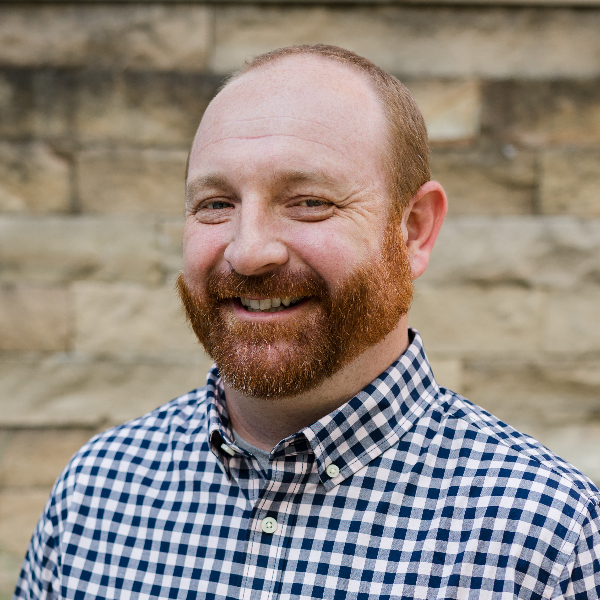People Group Discovery: Seeing Your Community Through Different Eyes
Have you ever found a place, a restaurant or little store, in your community that you had never seen before and wondered how it escaped you?
A few years back, I spent about a year living in Washington, DC. It was during the early stages of our Peoples Next Door project, and I was trying to develop reproducible methodology for finding and mapping out people group communities in a city, so that local churches could engage them with the gospel. Myself and a small team of others spent a lot of time walking the streets of DC and eating at a lot of ethnic restaurants. After spending a year hiking every square inch of that city, I really thought I knew the place.
Until last week, when I went to DC to see the Cherry Blossoms and found a new restaurant only a few blocks from my old house. It was tucked away in a gas station, and it was Uruguayan. It had one of the best sandwiches I have ever put in my mouth, too. I thought to myself, “How did I miss this place when I lived here? I would’ve eaten here all the time!”
Seeing Your Neighborhood Through Different Eyes
There is something about familiarity with a place that causes us to overlook things that might otherwise be obvious. It is something about years of continued exposure that causes you not to notice stuff outside your routine.
This is so often the case when neighborhoods and communities transition around a local church. Members in a church, longtime residents of a community, will know that things are changing but are not sure what to do. This could be a church struggling to keep its doors open because of the change, or it could be a thriving church that simply wants to do all it can to reach its community. Whatever the case, these transitions will go on largely behind the scenes, unless we are intentional to look for them.
When we begin to look for these new places, we begin to see our own community through different eyes. Soon, the reverse is true. Instead of overlooking our new neighbors, our eyes are opened to a whole new community. We see little establishments, restaurants, shops, markets, and apartment complexes that have always been there but now house something new. Maybe it is a new hair braiding place, or Halal meat market, or a place of worship.
At first, we do not see these things in our own communities. We drive right past them on the way to the places we always go, the ones that exist inside our normal routine and our social circles. But sure enough, they are there, and they serve as a doorway to a whole new kind of people.
Gateways Into a New Community
In discovery terms, we refer to these new establishments as “points of interest.” I have shared about the importance of points of interest before, but suffice it say that these establishments are very important to finding new people groups (or just different demographics) that live in your community. A point of interest is any place that can be connected to a specific group of people. Maybe it is a small grocery store ran by South Asians that sells a kind of curry for other South Asian residents. Or, maybe it is just your local grocery store and you find out that half the employees in the produce department are from West Africa.
Remember, cities exist as a collection of many different social circles that may have some overlap but often function on their own. These circles may have little interaction with one another, but they share the same geographic space. That’s why that eyebrow threading salon can open up and you not notice it for a year.
Points of interest are gateways into a new community. As Christians who are concerned about the Great Commission, and our responsibility to love our new neighbors, we need to see these establishments as doors into a new group of people. We cannot expect them to walk through our door. Instead, it is our gospel responsibility to walk through theirs.




